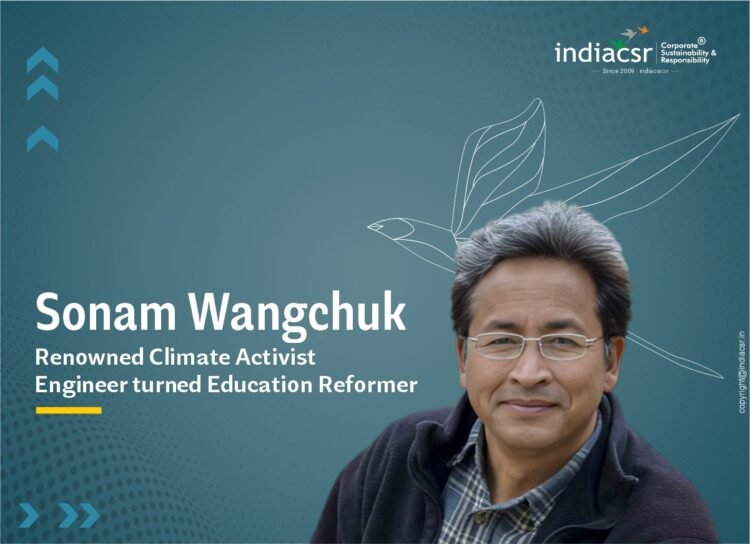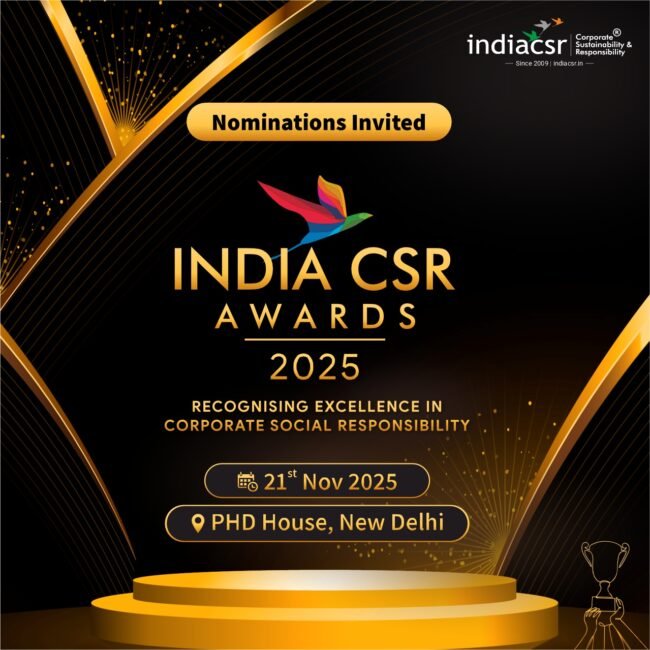In an era where social sector leadership demands ingenuity, resilience, and a deep commitment to community welfare, Sonam Wangchuk stands as a beacon of inspiration. Known globally for his groundbreaking work in Ladakh, this engineer-turned-activist has redefined how leaders can tackle education, environmental, and social challenges. As Ladakh grapples with statehood demands and recent unrest in 2025, Wangchuk’s leadership offers timeless lessons. This article delves into 11 pivotal facts about his approach, drawing from his decades-long journey to empower marginalized communities and foster sustainable development.
Fact 1: Humble Beginnings Shaping a Visionary Leader
Sonam Wangchuk’s leadership roots trace back to his challenging childhood in rural Ladakh, where access to education was scarce. Born in 1966 near Alchi village, he wasn’t enrolled in school until age nine, learning basics from his mother in his native tongue. This early deprivation fueled his passion for education reform. Facing language barriers in Srinagar, he fled to Delhi at 11, securing admission through sheer determination. His self-financed mechanical engineering degree from the National Institute of Technology Srinagar in 1987 exemplified self-reliance—a trait he instills in his initiatives. For social sector leaders, this fact underscores the power of personal adversity in forging empathetic, grounded leadership that prioritizes accessible education for remote communities.
Wangchuk’s story resonates today amid global discussions on equitable education. In Ladakh’s harsh terrain, where dropout rates were once alarmingly high, his experiences highlight how leaders must address systemic barriers like language and geography. This foundation led him to later pursue studies in Earthen Architecture in France, blending traditional knowledge with modern innovation.
Fact 2: Founding SECMOL – Revolutionizing Education
In 1988, Wangchuk established the Students’ Educational and Cultural Movement of Ladakh (SECMOL), a cornerstone of his leadership legacy. Aimed at reforming a failing education system where 95% of students flunked exams, SECMOL introduced student-led learning, solar-powered campuses, and culturally relevant curricula. The organization’s campus, built without fossil fuels, serves as a model for sustainable education hubs. Social sector leaders can learn from Wangchuk’s collaborative model, partnering with governments and villages to boost pass rates dramatically.
SECMOL’s impact extends beyond academics; it fosters leadership among youth through practical projects like farming and construction. Wangchuk’s hands-on approach—living and working alongside students—demonstrates servant leadership, where leaders immerse themselves in community needs. This fact is particularly relevant in 2025, as educational inequities persist in developing regions.
Fact 3: Launching Operation New Hope for Systemic Change
Wangchuk’s leadership shone in 1994 with Operation New Hope, a tripartite collaboration between government, communities, and civil society to overhaul Ladakh’s schools. This initiative reformed curricula, trained teachers, and engaged parents, turning around a broken system. As a result, exam pass rates soared from 5% to over 75% in participating schools. For social sector leaders, this exemplifies scalable impact through partnerships, avoiding top-down impositions.
Operation New Hope’s success led to Wangchuk’s advisory roles in Ladakh’s Hill Council and national education policies. His emphasis on local involvement ensures sustainability, a key lesson for leaders tackling widespread social issues like poverty or health disparities.
Fact 4: Inventing the Ice Stupa – Environmental Ingenuity
One of Wangchuk’s most iconic innovations is the Ice Stupa, artificial glaciers that store winter water as conical ice heaps, melting in spring to irrigate farms. Developed to combat water scarcity in Ladakh’s desert-like conditions, this low-cost solution has been replicated in regions like Sikkim and even proposed for the Swiss Alps. Social sector leaders should note how Wangchuk blends engineering with environmental activism, addressing climate change at the grassroots level.
The project’s community-driven execution—villagers building stupas together—highlights inclusive leadership. In 2025, with global water crises escalating, this fact inspires leaders to innovate for ecological resilience.
Fact 5: Pioneering Sustainable Architecture
Wangchuk’s expertise in passive solar mud buildings has transformed housing in mountainous areas. Using rammed earth and solar heating, these structures maintain warmth without electricity, reducing fossil fuel dependency. He designed such buildings across Ladakh, Sikkim, and Nepal, promoting eco-friendly development. This fact teaches social sector leaders the value of integrating traditional wisdom with technology for affordable, green solutions.
His 2011 studies in France enhanced these designs, earning SECMOL the International Terra Award in 2016. Leaders can apply this to urban planning or disaster-resistant infrastructure.
Fact 6: Ramon Magsaysay Award for Transformative Leadership
In 2018, Wangchuk received the Ramon Magsaysay Award for his “systematic, collaborative, and community-driven reform of learning systems.” This prestigious honor, often called Asia’s Nobel, recognized his three-decade impact on education and sustainability. For social sector leaders, it validates the efficacy of persistent, inclusive efforts over quick fixes.
The award spotlighted his role in elevating “failed” students through SECMOL, turning them into leaders. Amid 2025’s focus on social impact metrics, this fact encourages measuring success by community empowerment.
Fact 7: Establishing the Himalayan Institute of Alternatives (HIAL)
In 2015, Wangchuk founded HIAL to create a university addressing Himalayan challenges like climate change and unemployment. Emphasizing hands-on learning in sustainability, it counters brain drain by training locals in relevant skills. Social sector leaders can draw from this model to build institutions that solve regional problems innovatively.
HIAL’s focus on alternative livelihoods, like eco-tourism, showcases adaptive leadership. Recent scrutiny over funding in 2025 underscores the challenges of scaling such ventures.
Fact 8: FarmStays Ladakh – Empowering Rural Women
Launched in 2016, FarmStays allows tourists to live with local families, boosting income for women-led households. This initiative promotes cultural exchange while economically empowering marginalized groups. Wangchuk’s leadership here illustrates how tourism can be a tool for social equity.
By training hosts in hospitality, it creates sustainable jobs. In today’s trending discussions on gender-inclusive development, this fact offers a blueprint for community-based economic models.
Fact 9: Advocacy for Ladakh’s Constitutional Protections
Wangchuk’s activism intensified with calls for Ladakh’s inclusion under the Sixth Schedule, protecting land and culture. Leading hunger strikes in 2023, 2024, and 2025, he mobilized thousands amid protests that turned violent, resulting in casualties. Social sector leaders must recognize the risks of advocacy, balancing passion with non-violence.
His 35-day fast in September 2025 highlighted frustrations over delayed dialogues, making his leadership a focal point in national discourse.
Fact 10: Calling for Boycotts and National Unity
In 2020, Wangchuk urged boycotting Chinese products amid border tensions, promoting self-reliance. This “Software in a week, hardware in a year” slogan galvanized public action. For leaders, it shows how to leverage influence for broader social causes.
His border march plans in 2024 emphasized sensitive activism, though controversial.
Fact 11: Collaborative and Resilient Leadership Style
Wangchuk’s style is community-centric, fostering partnerships and resilience. From SECMOL to protests, he empowers locals, warning of “explosive” situations if ignored. Amid 2025 allegations of incitement and probes, his unwavering commitment inspires leaders to navigate adversity with integrity.
(India CSR)







